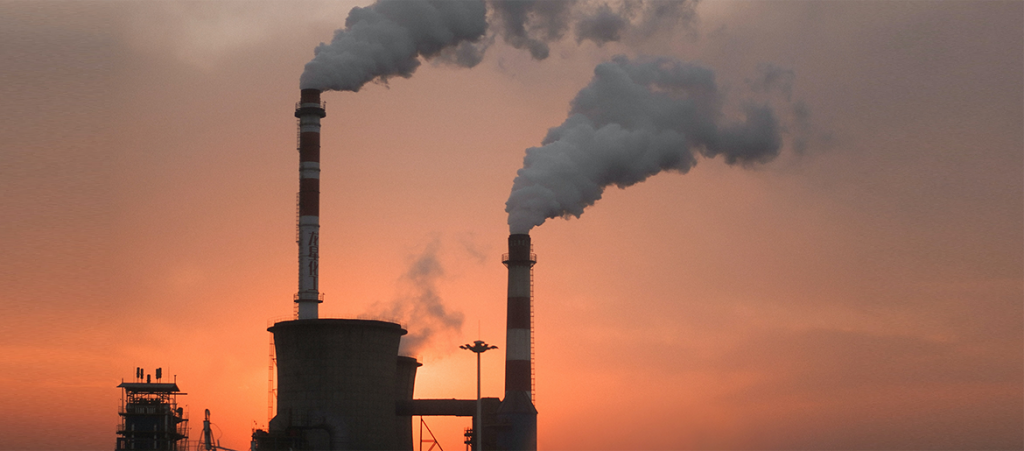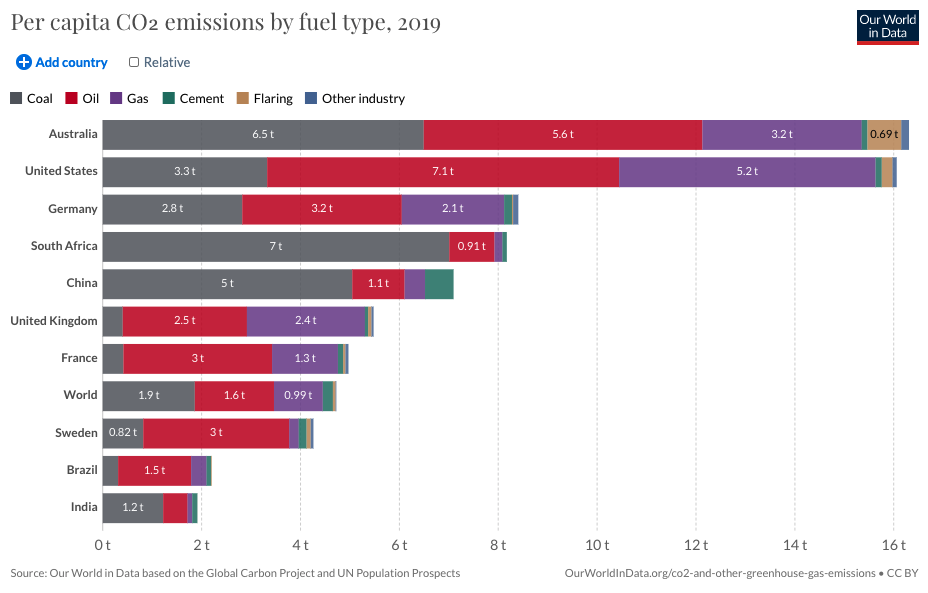
The Coalition has been talking (and investing) in gas-fueled energy as the answer to transitioning Australia’s economy and energy sector away from coal. In early May, the Government announced it was going ahead with an $83 million natural gas based plant near Wollongong (NSW), with an even bigger $600m gas-hydrogen plant in Kurri Kurri (NSW) announced just weeks later. The Coalition says this is the answer to lowering Australia’s emissions; many others, including environmental agencies, say it’s a dangerous cop-out. Which side is right? Is natural gas bad for the environment, or is it a viable ‘clean’ alternative to renewable energy?
To answer those questions, we need to unpack the basics. Read on to understand how gas-fired energy works and the impact it has on the world around us.

How Does Gas-Fueled Energy Work?
Gas, similar to coal, can be used to fuel energy. Natural gas represents almost one third of the world’s energy consumption over the past decade, more than any other fuel-based energy source. It is a fossil fuel, which means it is not renewable – once gas is extracted from the earth, it won’t replenish.
Natural gas emits around 50-60% less carbon dioxide into the atmosphere than coal or oil. However, these reductions are only seen when you compare the most modern and efficient natural gas power plant to the standard, now quite outdated, coal plants.
To access the natural gas, we need to drill into the earth to get it. Unfortunately, the drilling, extraction and transportation of natural gases through a pipeline results in leakages of methane into the air.
Methane is a powerful greenhouse gas that contributes to climate change by trapping in heat and raising the overall temperature of the planet. The biggest source of methane on Earth is the agricultural farming of cows and cattle, which fart out methane as part of their digestive processes. While a little methane is not too harmful, the beef and dairy industry makes up roughly 56% of Australia’s methane emissions. The expansion of the country’s natural gas plants would add to the levels of methane we’re currently emitting.
How Does Hydrogen Factor Into Natural Gas?
The Tallawarra gas powered plant planned for Wollongong is specifically a hydrogen-gas plant. Hydrogen is considered a clean fuel because when it is consumed in a fuel cell, it generates no emissions – only water. Hydrogen can be produced as a by-product from other energy sources, including natural gas, nuclear power, biomas, solar and wind.
Over 95% of hydrogen produced worldwide comes from steam reforming of natural gases – basically a product from natural gas power plants, that can itself also be used to generate more power. Obtaining hydrogen through natural gas reforming is a fairly simple process that emits only a small amount of carbon dioxide and other compounds.
The good thing is that hydrogen can be utilised for a range of energy applications, including electric cars, household electricity, and as a portable power source (as it can be stored for long periods of time, unlike other energy sources).
But the challenges come from a) affordability, and b) wanting truly clean energy. Because hydrogen has to be essentially created, plus the expense involved in liquefying, storing and transporting it, the costs make it a less economical choice than alternative energy sources.
And if we’re looking for genuinely clean energy, only hydrogen created from renewable processes like solar or wind would pass the test. While hydrogen itself is renewable, if it is produced at a natural gas plant then it relies on fossil fuels and would still result in the emission of greenhouse gases. The current Government hydrogen-gas proposals would not be clean energy in this sense.
every day pic.twitter.com/Eo1D4nod2f
— the thicc husband & father (@lukeisamazing) June 4, 2021
So, Is Natural Gas Bad For the Environment?
Natural gas is technically a better for the environment than more coal power plants for sure. But it will not cut out all carbon emissions. EnergyAustralia, the agency consulting with the government on the Wollongong project, said it will offset all greenhouse gases… but that’s not an easy task.
The energy giant would need to capture the methane and other greenhouse gases before they are released into the atmosphere, and destroy them. If they fail to keep the methane emissions below a certain threshold, the natural gas plant would be just as bad as a new coal plant over a 20-year timeframe. If it’s hydrogen energy that we want, solar or wind-farming would be the cleaner and more sustainable option.
THE TAKEAWAY: Basically, it’s better but not best. With many of Australia’s older coal plants due to be shut down in the next decade or so, replacing them with natural gas plants is better than building new coal plants. It could reduce our emissions output, helping with progress towards our Paris Climate Agreement target of reducing emissions to 26% below 2005 levels by 2030. But it won’t make as much of an impact as renewable sources like solar, wind and hydro power can, and it’s not sustainable like those sources.





